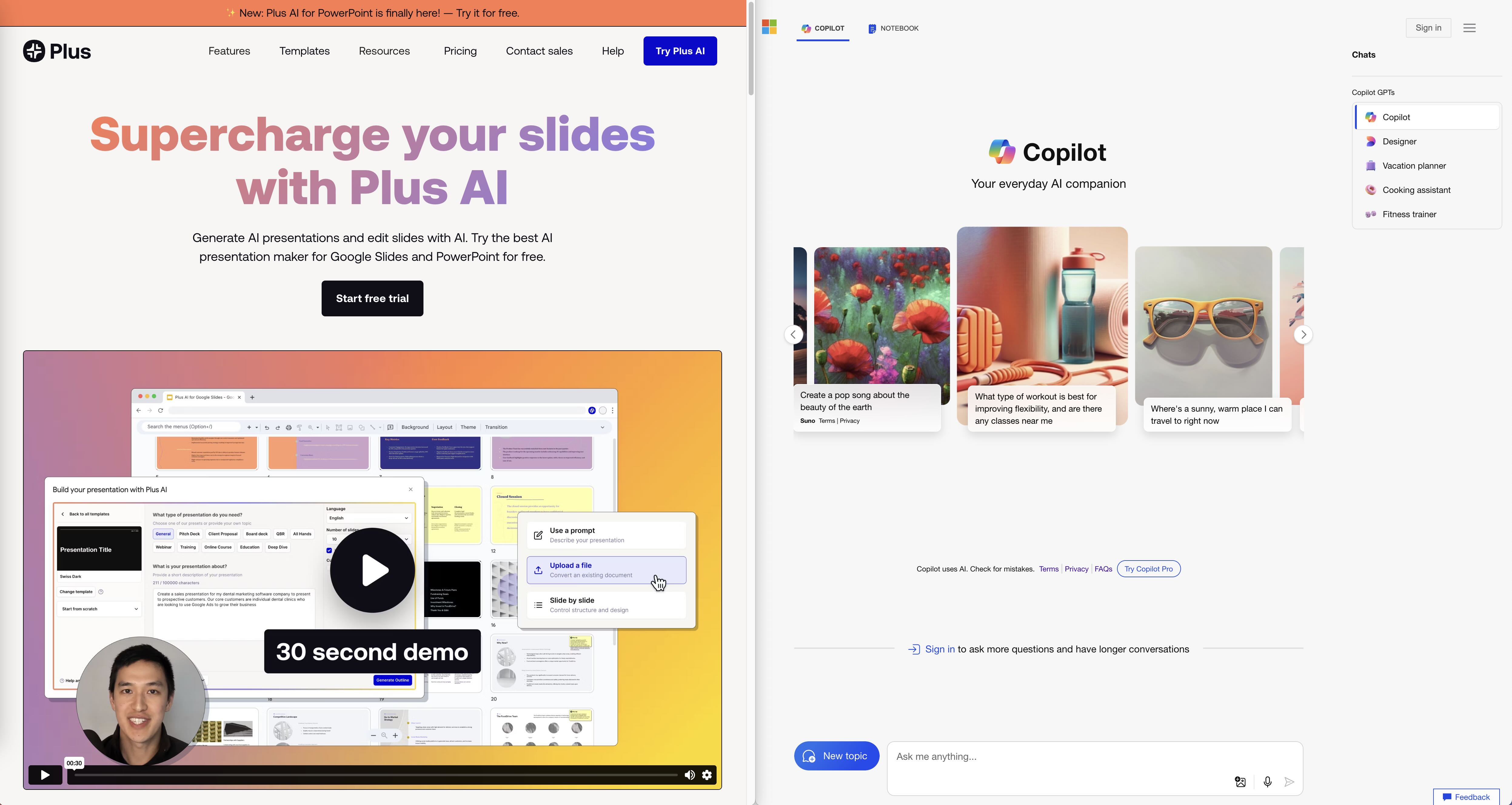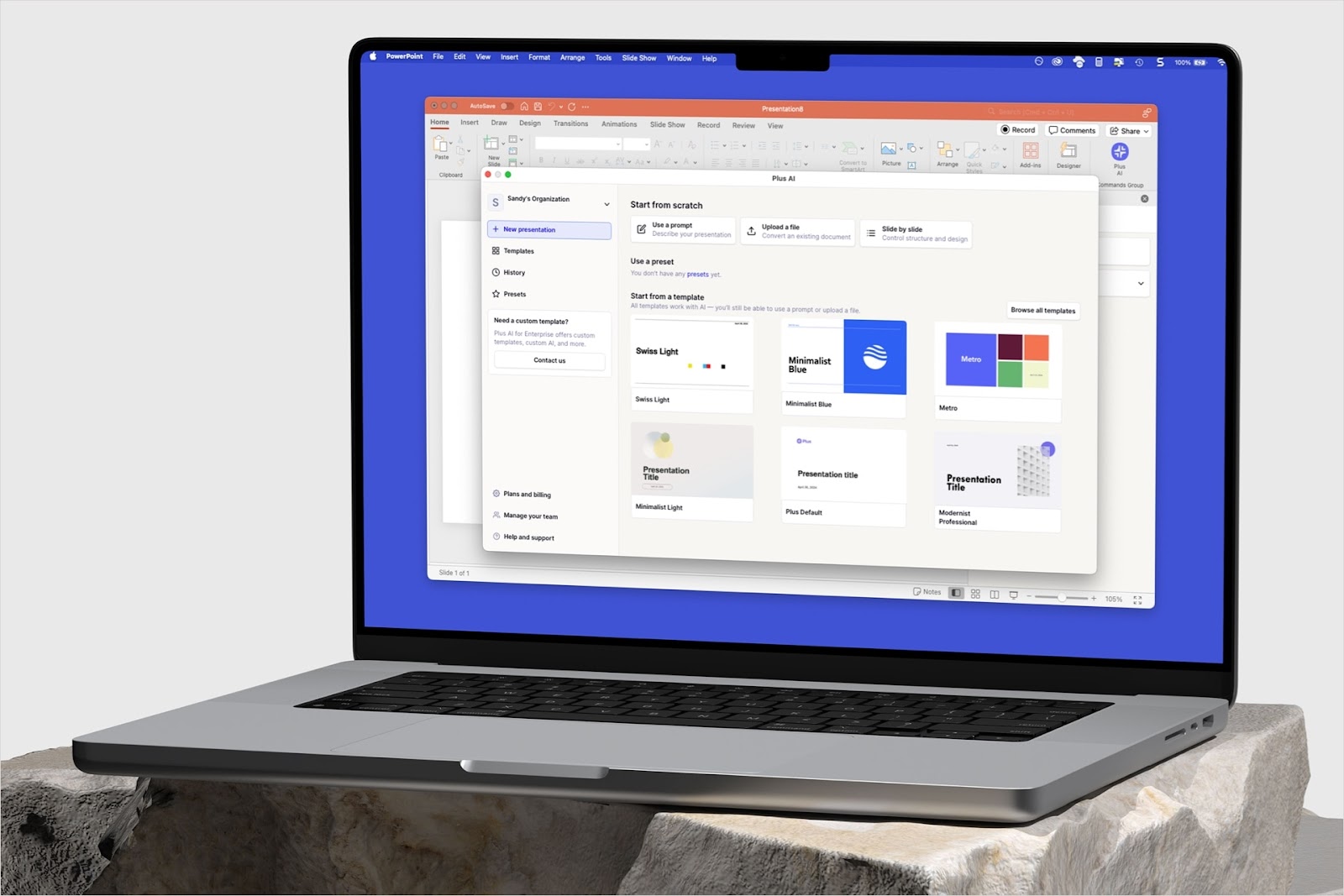At OpenAI’s 2023 Dev Day, they announced the ability for anyone to create a custom GPT (i.e., a personalized ChatGPT instance) without writing any code. This is an incredibly powerful way for people to start interacting with AI and building more AI-powered tools.
This guide is meant to provide a step-by-step overview of how to create your first custom GPT, as well as provide tips, tricks, and inspiration on how to create great custom GPTs.
{toc}
Step-by-step guide to create a custom GPT
Creating a custom GPT is a relatively straightforward process if you follow the steps in the OpenAI GPT Builder. Here is our step-by-step guide, along with tips at each step.
Step 1: Click Create a GPT

Step 2: Write a message to the GPT Builder bot

Step 3: Respond to the questions about the name, profile picture, and suggested questions

Step 4: On the Configure tab, provide instructions on style or upload knowledge that can help train the custom GPT

Step 5: Publish your GPT

Tips for creating custom GPTs
- Just start building - OpenAI makes it incredibly easy to interact with AI, so the best thing to do when creating a custom GPT is to just get started and tweak things as you go. Eventually, if you start running into issues or identify new opportunities, create a new GPT and start again!
- Use the configure tab - While the chat interface is great, the most powerful customization abilities come from the configure tab. Make sure you explore what is possible there in order to build a great custom GPT
- Identify good data - The most powerful way to build a valuable AI app is to have a high quality, unique data source. If you want to build an amazing travel bot, it’s great to upload all of the reviews you can find online, but it would be even better if you had recommendations from locals or frequent travelers that provide users with unique insights. Think about unique documents or data sources that you can use to craft a great custom GPT.
- Provide examples - The best way to improve the quality of AI outputs is to provide many examples of the types of output that you would like to see. This will help it learn to write in the correct format, adopt the right style, and provide helpful information
- Solve your own problems - Chat bots aren’t always the solution to everything, but if you start putting together a custom GPT every time you encounter a problem, there’s a good chance that other people have the same problem and might want to use your GPT as well.
- Connect to external sites and apps - One of the best ways to supercharge the functionality of a custom GPT is to enable web browsing and allow it to connect to your external site or app to add additional functionality
Inspiration and ideas for custom GPTs
Do you want to build the first billion dollar custom GPT? Here is a roundup of some of the coolest GPT-4 and custom GPT apps we have seen so far as a source of inspiration.
Generally, the most common types of custom GPTs that we have seen are
- Writing assistants (edit, advise, consult on various types of writing tasks)
- Expert knowledge assistants (provide a chat interface to ask questions about any type of topic)
- Utilities (offer focused GPTs that help you accomplish a specific task like a negotiation or cooking a meal)
- Product frontends (provide a chat interface to interact with an existing product)
As you think about how to customize these things, ask yourself…
- Can I apply this general product to a more focused customer segment?
- Is there a specific use case that would be a better fit for this general purpose tool?
- Do I have knowledge that can improve the performance of an existing product?
- What if I did the same thing but applied it to a different type of market?
- How would I change the existing tool to make it more attractive for my use case?
If you’ve ever worked at a startup, you might be thinking to yourself, hey, these are just questions I would think through to help solve any type of customer problem! That’s right!
Custom GPTs are just one type of product that can solve customer problems, and the bigger thing you should be worried about if you are trying to build a popular custom GPT is whether or not people need it!
Frequently asked questions
- Does OpenAI allow customers to train custom GPTs? Yes, customers can create custom GPTs using the GPT builder. Enterprise customers may also request additional functionality like the ability to train models with more data or use longer context windows.
- Do I need to code to build a custom GPT? No, you do not need to write any code to build a custom GPT. If you’d like to extend the functionality of a custom GPT, there is the option to allow it to communicate with an external website, and that may require code.
- Can I make money with my custom GPT? Yes, OpenAI announced a custom GPT marketplace that will offer a revenue share with custom GPT creators.
- How much money can I make with a custom GPT? We don’t know how much money custom GPTs will earn for their creators yet.
- What are the most popular custom GPTs? Check out this of the best custom GPT and GPT-4 apps so far.
- Why can’t I build a custom GPT? You may not have access to custom GPTs if you are not a subscriber to ChatGPT. Additionally, OpenAI is doing a staggered rollout to existing subscribers, so you may have to wait a few days to gain access to the tool.
- Where can I find the custom GPT announcement video? Sam Altman announced custom GPTs at the 2023 OpenAI Dev Day. You can find the custom GPT announcement in this YouTube video.








